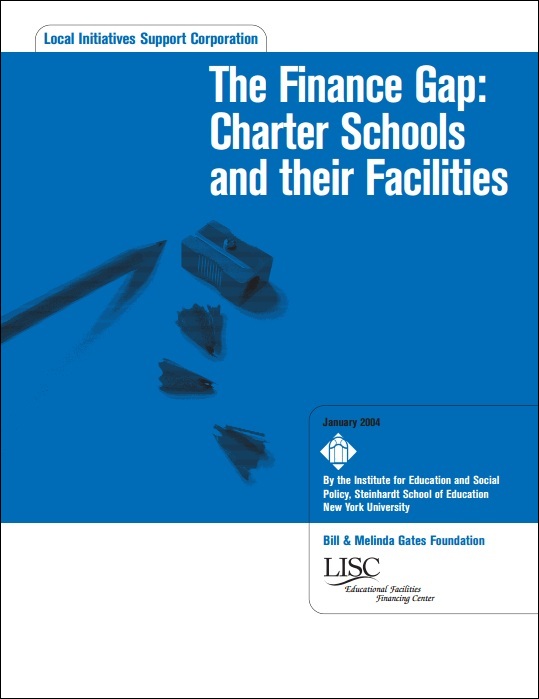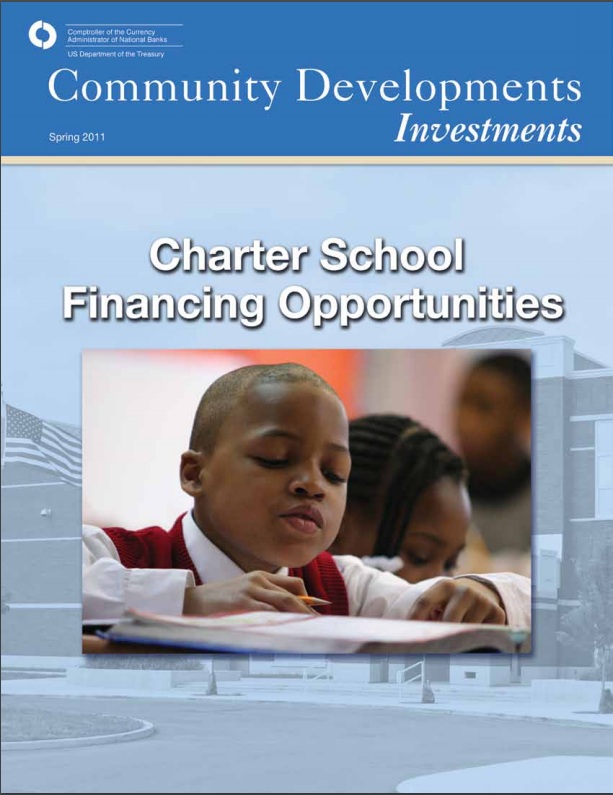Special Articles and Research
Our team of experts is often called on to partner with other organizations to share our knowledge. Below you will find a collection of our articles and research, which focus on the credit worthiness of the charter school bond market and the current financial and political environment of facilities financing.
Charter Lenders & Charter Authorizers: Can We Talk? 
This report looks at how charter lenders and authorizers can learn from each other and support each other’s work helping schools meet their facilities goals. It is a joint effort of the National Association of Charter School Authorizers (NACSA) and LISC.
Report Highlights:
- Both lenders and authorizers have a vested interest in the success and sustainability of the schools they support.
- Unfortunately lenders and authorizers are not talking. Very few bond investors and underwriters pay attention to authorizer findings.
- Strong authorizers have data to help REDUCE the risk of investing in charter schools.
Charter School Bond Disclosure Template
The School Bond Disclosure template was written as an addition to LISC’s Bond Research series. LISC’s bond research concluded that information critical for assessing credit risk was often missing from the bond disclosure documents. Improving the ability of the charter school bond sector to create high-quality bond disclosure documents, will provide greater transparency to bond market participants and assist with the expansion of the charter school facility financing capital markets in the absence of a broader public solution.
Due to the combined nature of the information, each section should be reviewed independently:
Charter School Bond Disclosure Template – Executive Summary
Charter School Bond Disclosure Template Part 1
Charter School Bond Disclosure Template Part 2
The Finance Gap: Charter Schools and their Facilities 
The Finance Gap: Charter Schools and their Facilities was written in 2003 as a prelude to the 2005 Charter School Facility Finance Landscape. A nine-month effort, this study describes the growing range of private involvement in the acquisition, construction and renovation of public school facilities and identifies new mechanisms through which both the public and private sectors are becoming involved in facilities financing.
This report focuses largely on charter schools, which generally do not have access to the public capital funding streams available to traditional public schools. As a result, they rely heavily on nonprofit and for-profit institutions to obtain facilities financing and funding. In an era of limited public funds for facilities and increased pressure on public schools to produce high achievement, the lessons learned through the charter school experience with nontraditional financing may provide solutions and warnings for all public schools.
Why Charter Schools?
Why Charter Schools? was written by Elise Balboni, SVP of LISC Lending. The article was written as part of a series on charter school financing opportunities published by the Office of the Comptroller of the Currency.
This article explains what charter schools are and the pivotal role they play in addressing the achievement gap present across the country between minority or low-income students and their peers. It also assesses the current performance of charter schools and the outlook for the future for high-performing charters.